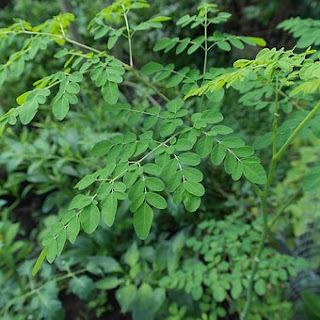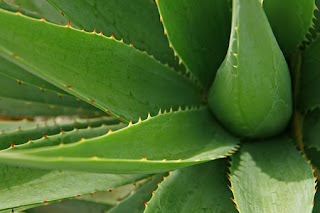Common names: Bushman's Hat, Ghaap, bitterghaap, Hoodia cactus, South African desert cactus and Queen of the Namib.
Description:
It is cactus-like in appearance(cactiform plant) and has remarkable similarity to the cactus family although they are unrelated. Hoodia is a spiny succulent plant that can reach up to 1 m high and are cultivated in
the north and northwestern regions of the Northern Cape and southern Namibia. When it's young, only one stem is produced but as it grows the plantstarts branching and can have as many as 50 individual branches. The flowers are large and may vary in colour from pale straw to dark maroon that looks like petunias but smells like rotten meat.
Part/s used: Succulent/fleshy stems
Several species of Hoodia are eaten fresh by cutting a small piece of the stem and removing the spines.
Nowadays, teas, extracts, powders and capsules are commercially available.
Medicinal properties and uses:
Treatment for obesity - Hoodia has been known for many years as an appetite suppressant.
Hoodia gordonii is one of the most sought after breakthrough diet aid as it contains the active compound called pregnane glycoside (patented as P57) succulents due to its medicinal properties.
The compound pregnane glycoside (similar in structure to a cardiac glycoside) works by triggering nerve cells in the hypothalamus and fooling the brain that you have already eaten.
Hoodia also contains saponins. A compound that acts on the central nervous system (CNS) to regulate the appetite.
Precautions for those taking Hoodia supplement:
Before taking hoodia supplements, discuss with your doctor if you are on any medications. Do not use hoodia if you are pregnant or breastfeeding.
THOUGH THE CONTENT OF THIS BLOG HAD BEEN TRIED/TESTED AND HAD BEEN USED
AS FOLK/HERBAL MEDICINE IT IS STILL BEST TO CONSULT YOUR DOCTOR BEFORE
TRYING THIS. AVOID SELF-DIAGNOSIS AND SELF-MEDICATION.












